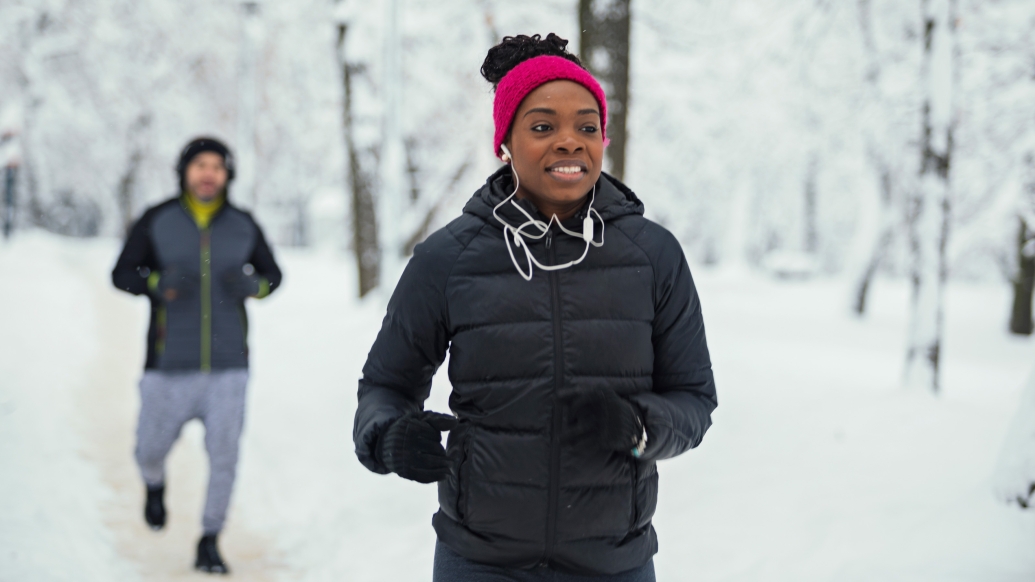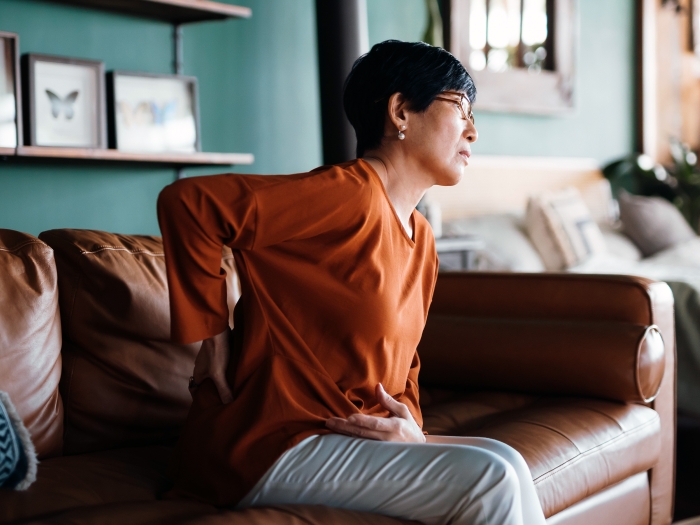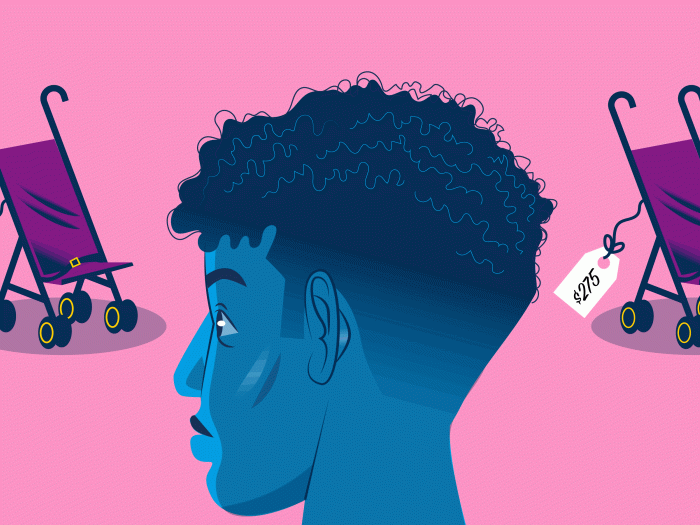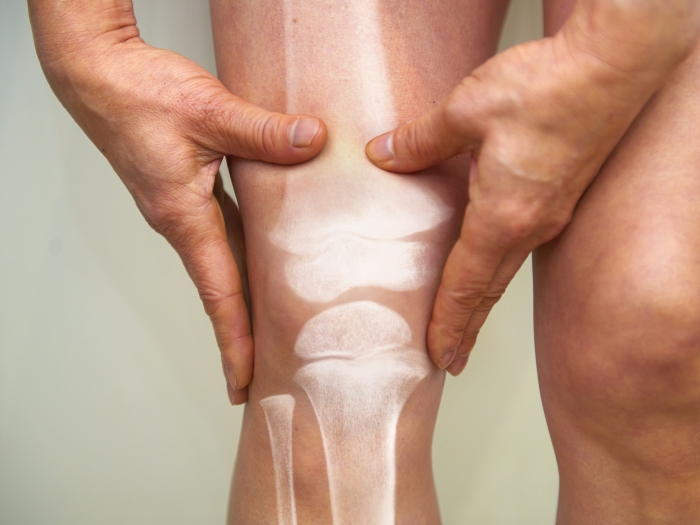Exercise during the colder months can prevent pain from appearing in the warmer weather
1:50 PM
Author |

Winter, in many places, can be cold and icy, making staying active a challenge. But not maintaining physical activity in the winter can result in painful ramifications for the spine during the spring and summer.
As an orthopaedic spine surgeon at the University of Michigan Health, Rakesh Patel, M.D., finds that his patients tend to have more frequent injuries or pains, such as herniated discs, during the summer months, if they forgo physical activity during the winter ones.
"Stopping all physical activity in the winter makes it harder for your body to do physical activity in the summer," Patel said. “It is important to stay a little active, so your body doesn’t have to work twice as hard while you are more active in the warmer weather.”
Consequences of not staying active
Not staying active during the winter can cause a variety of issues in the summer, Patel says. “As a spine surgeon, I have seen numerous injuries occur or worsen due to a lack of movement during the winter months followed by an increase of movement in the summer months,” said Patel.
Spine problems are also one of the most common reasons for emergency room visits. Issues such as herniated discs and osteoporosis can worsen when you don’t remain active year-round. “Although these conditions can be genetic, staying active helps decrease their symptoms,” Patel explained.
The good news, though? Spine injuries can easily be prevented by implementing simple daily exercises during the colder months. Here, Patel provides some tips and tricks on keeping potential spine injuries at bay.
4 ways to avoid summer spine injuries during the winter
1. Embracing indoor and outdoor activities
Patel: Getting outside on nice winter days is a great way to stay active in the colder months as well as see winter scenery. Taking advantage of winter-related activities, such as skiing, or ice climbing, are great ways to stay active and enjoy something you can't in the summer.
Your outdoor activities don't have to be this intense, though. Running and walking along trails can be easy ways to experience the outdoors and physically move your body. If you’re worried about the cold temperatures, steady movement during your walk or run will actually help keep your body warm.
For indoor activities, consider going to a gym, joining an exercise class or walking indoors as a way to keep moving. Some older adults may also find comfort in exercising indoors, and with a group. Not only does this allow them social opportunities, but it can help prevent falls from ice with others around to quickly assist if an accident occurs.
2. Focus on aerobics
Patel: Typically, when people think aerobics, they think of doing intense workouts for long periods of time. But, doing shorter workouts every day can actually be just as effective.
For instance, yoga is a common and effective form of aerobic exercise. It allows you to work on your core muscles, is low impact and easy on the joints. It’s a great option for those looking to stay active during the winter, helping to improve your core strength, spine and back, focus on the mind and it can be done in a class or at home.
You can also find ways to make little changes in your routine, such as taking the stairs instead of the elevator (and remember to always go at your own pace) or being intentional with how you’re working. Take time to get up and move around the house or your office, or go on a short walk. Even spending a little time switching from sitting to standing while your work is beneficial.
3. Start strength training
Patel: Osteoporosis weakens the bone, which can lead to compression fractures within the spine. But weight-bearing activities can sometimes counter osteoporosis and decrease the risk of these fractures. Helpful exercises can be as simple as using your own bodyweight to perform squats and sit-ups or even just walking.
While swimming might help decrease pain while exercising, it unfortunately won't help osteoporosis due to the weight being lifted off the joints.
4. Stay a little active every day
Patel: It’s important to be active for at least 30 minutes a day. This can range from going to the gym and doing a full workout to taking a leisurely walk through your neighborhood.
No matter how you choose to exercise, make sure you are only doing what feels right for your body. Pushing yourself too far will not help your body in the long run. In fact, it will only make things worse.
No pain, no gain is not a realistic approach to exercise and can be dangerous. There is no one-size-fits-all approach to staying active. Just make sure you are finding little ways to move every day.
Live your healthiest life: Get tips from top experts weekly.
Headlines from the frontlines: The power of scientific discovery harnessed and delivered to your inbox every week.
Like Podcasts? Add the Michigan Medicine News Break on Spotify, Apple Podcasts or anywhere you listen to podcasts.

Explore a variety of healthcare news & stories by visiting the Health Lab home page for more articles.

Department of Communication at Michigan Medicine
Want top health & research news weekly? Sign up for Health Lab’s newsletters today!





